Hello folks, I’m Lissa. I do creative wedding photography in Fayetteville, Arkansas and co-founded Opal and June, a rental shop for styled photo shoots.
I get it- photography terms can be confusing, with unknown acronyms and stuff that almost looks like algebra! Here’s a breakdown of some important photography terms.
Manual Mode
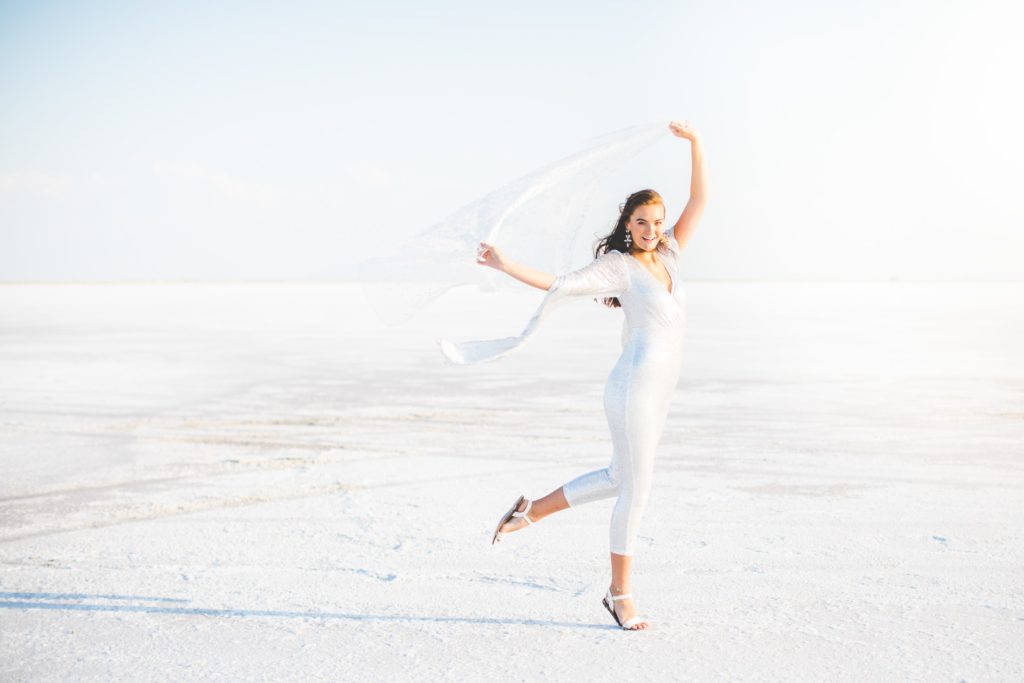
Manual mode is a shooting setting in a camera where the photographer has total control of aperture, shutter speed, and ISO. When a photographer shoots in manual, they are able to harness all three of these settings – also known as the exposure triangle – to create beautiful photographs.
Aperture
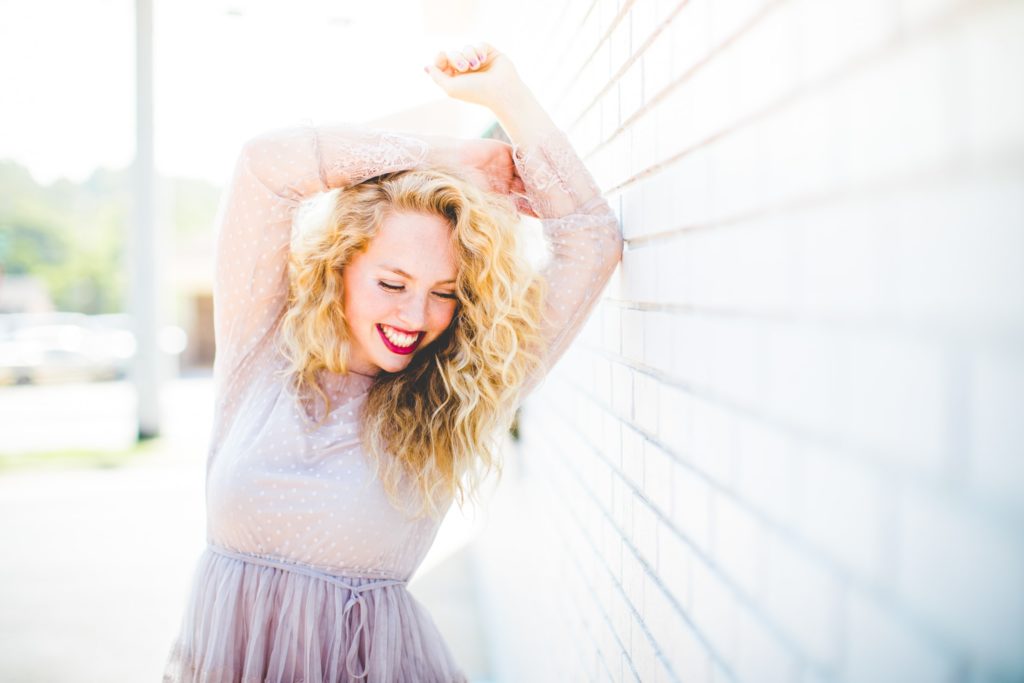
Have you ever noticed that, in some photographs, the whole frame is in focus? You’ll see this a lot in landscape photographs, large photographs, and some product photographs. Other times, you’ll view a photograph and notice that only a small slice of the photograph is in focus. This is most common in portrait work – a model’s face will be in focus but the background is blurred – and, most of the time, these focus differences stem from aperture choice. Since aperture choices vary greatly and not every aperture choice is appropriate for every setting, photographers often have stylistic preferences when it comes to choosing aperture. That’s not all aperture does, though. Aperture also controls how much light is let into a photograph. If a photographer chooses a low aperture – perhaps f/1.4 or f/2.0 – light will flood into the camera much faster than if the photographer went with a large aperture like f/8 or f/11. While f/8 will create an image where most of the frame is in focus, it requires more light to create a photograph than a lower aperture of f/1.4.
Shutter Speed
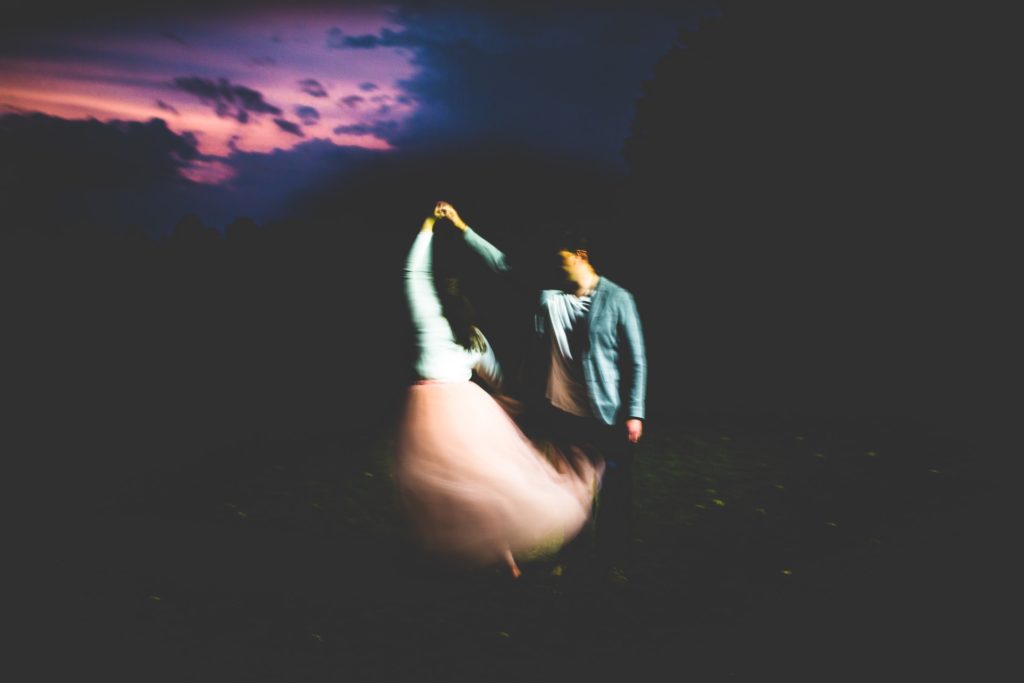
Working hand in hand with aperture, shutter speed controls how fast the camera shutter moves. When a photographer shoots a moving subject and uses a fast shutter speed, they’re able to freeze action in a frame. If, however, a photographer wants to capture motion – legs moving, sparklers spelling a word, etc. – a slower shutter speed is needed. Like aperture, shutter speed also has the ability to determine how much light is let into a photographs. Fast shutter speeds let in small amounts of light; slow shutter speeds let in a lot of light.
ISO
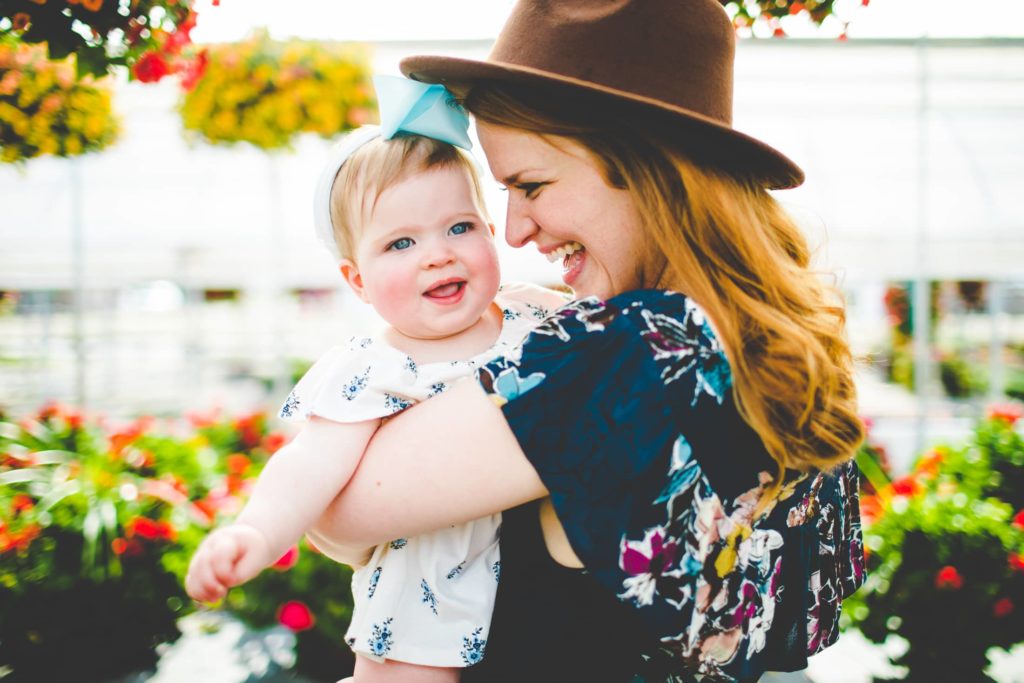
ISO is the third part of the exposure triangle! ISO controls the speed in which light travels into your camera. Low ISOs are used on bright, sunny days and high ISOs are used in darker atmospheres. The higher the ISO number, the faster light travels to create the perfect photographs!
Light Meter
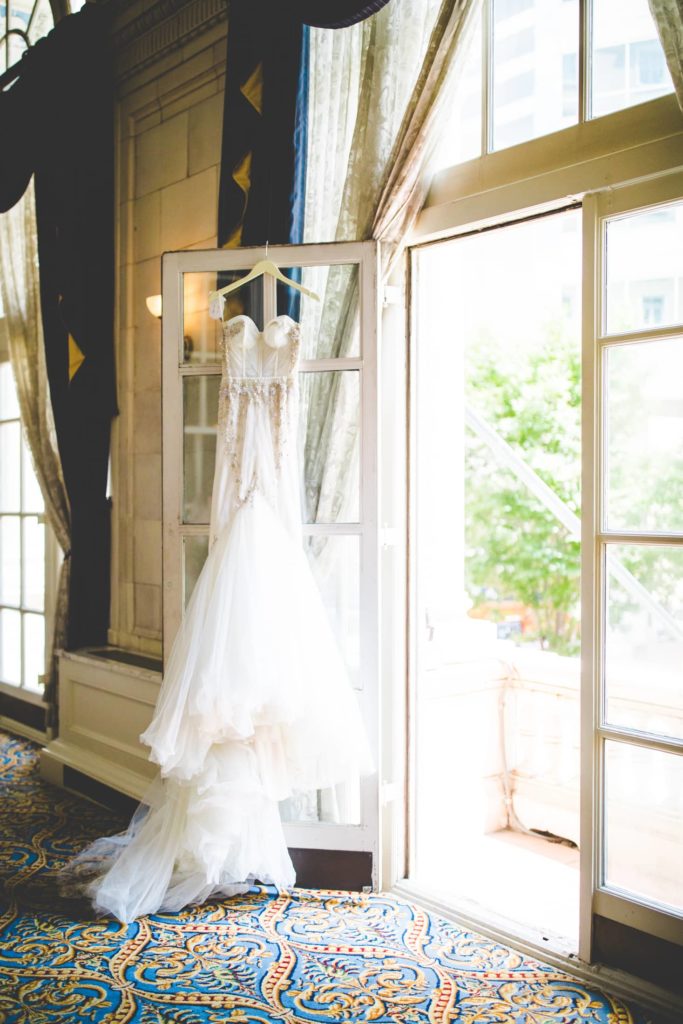
Seen through the viewfinder of most digital cameras, the light meter helps the photographer determine how fast or slow their shutter speed should be to create a properly exposed photograph.
Bokeh
Above, we talked about how aperture controls focus within a photograph. When a photograph is shot with a low aperture, the background typically becomes smooth and soft. This draws the viewer’s attention to the part of the images that’s in focus. While drawing this focus, it also minimizes distractions that would be visible if everything in the photograph was in focus. Have you ever noticed a photograph where there’s a Christmas tree or city lights in the background but, instead of normal lights, the lights look like floating circles in the photograph? That’s bokeh, too! As for how to pronounce it, photographers usually disagree, but the most common pronunciation among my photographers is bow-keh.
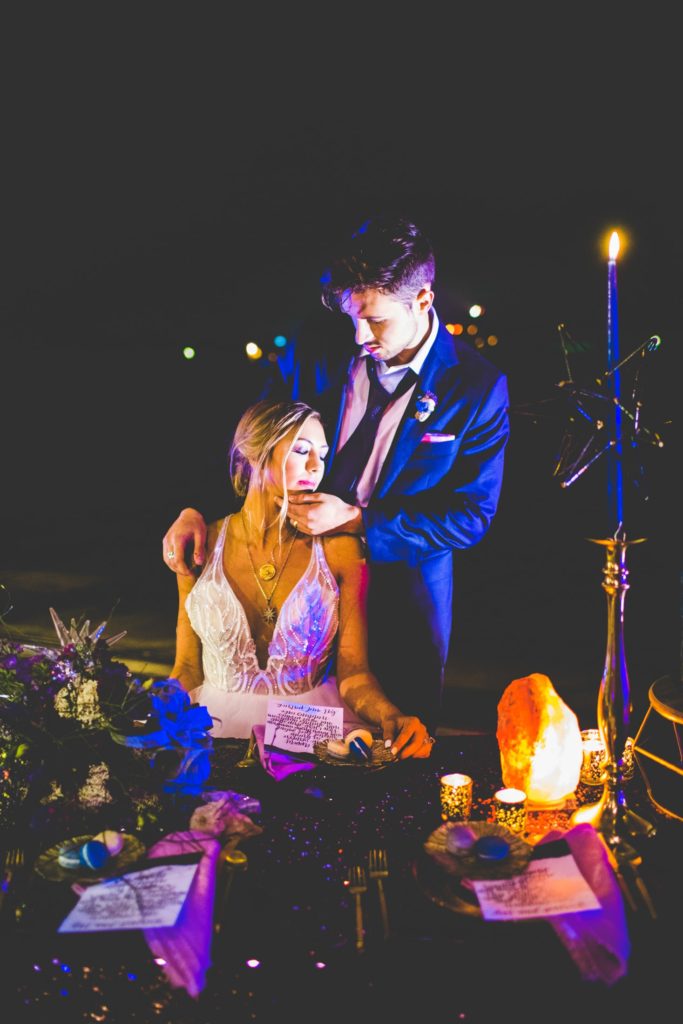
RAW Images
The most preferred image type of professional photographers, RAW photographs are digital negatives that store a ton of information on each image. When a photographer shoots their images in RAW format, they are then able to transfer their photographs to their computer for editing purposes. In a day and age where most, if not all, photographers edit their photographs in digital editing software, RAW photographs give photographers countless opportunities to put their own style and vision into their photographs. Once a RAW photograph is edited, it is typically exported and saved as a JPEG file.
JPEG
The most familiar digital photo file, JPEGs are compressed photo files. If a photographer chooses to take JPEG photographs instead of RAW photographs, their photographs will be more colorful and sharp straight out of the camera. Once they have them pulled into editing software, however, editing possibilities are much more restricted.
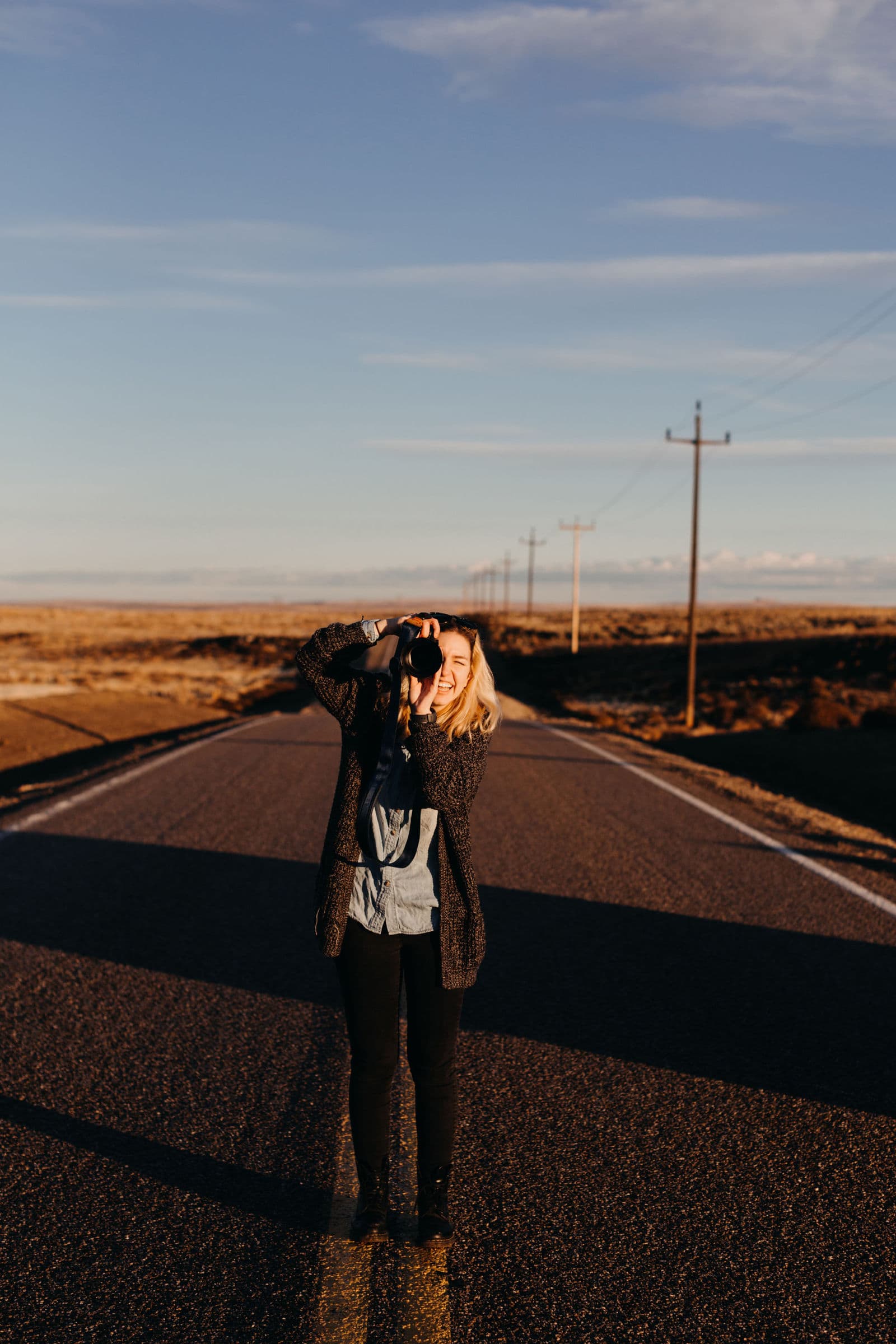
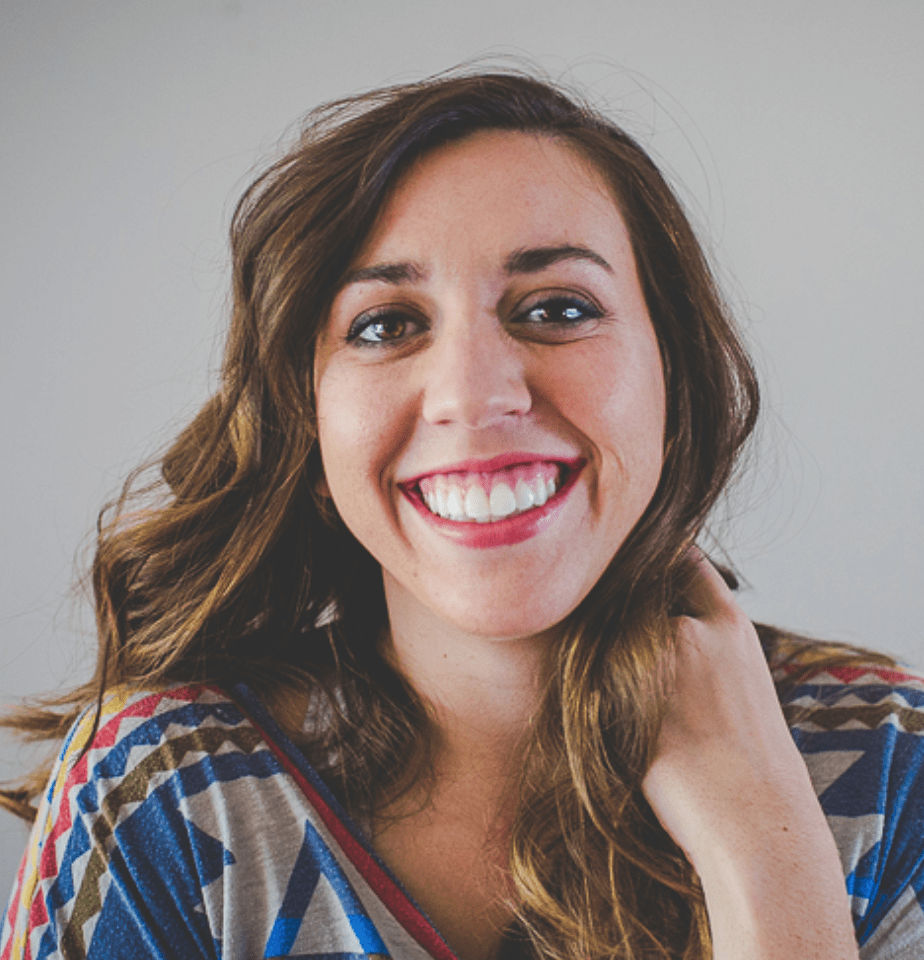

Comments